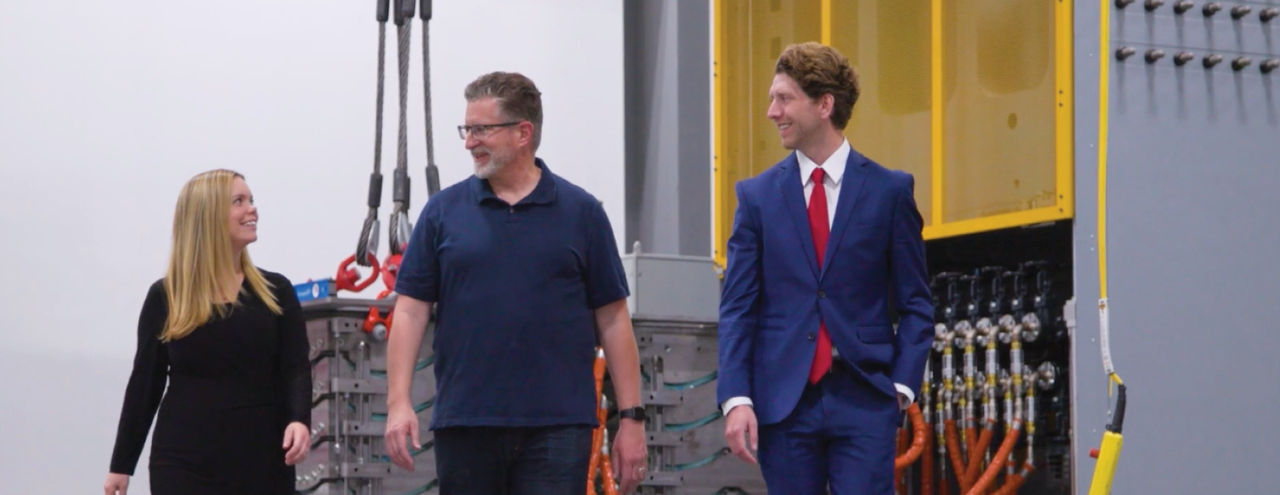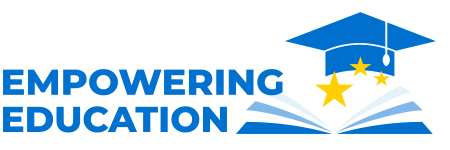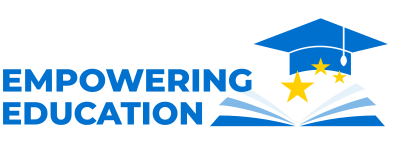Resilience is defined as "the ability to prepare for anticipated hazards, adapt to changing conditions, withstand and limit negative impacts due to events, and return to intended functions/services within a specified time after a disruptive event.”1 In the context of facility management, resilience involves the ability of the built environment to prepare, plan for, absorb, recover from, and adapt to adverse events while maintaining or improving the quality of life.
Proactive Planning for Campus Resilience:
Key Takeaways from EACUBO 2025
The First American team recently attended the EACUBO Annual Workshop 2025 in Boston, MA, where we explored key trends shaping the future of higher education. One session that stood out to us was Building Resilient Campuses: The Essential Role of Property Resilience Assessments, led by Maureen Roskoski.1 The session highlighted how proactive resilience planning can help institutions mitigate risk and support long-term sustainability.
While we were only attendees at this session, we found the content beneficial and informative for higher education leaders. Below, we’ve outlined our key takeaways and insights on how institutions can strengthen campus resilience and where financing can fit in.
Understanding Resilience in Higher Ed
Why Resilience Planning Matters
Investing in resilience planning isn't just about risk management—it can also lead to significant cost savings. Studies show that proactive mitigation efforts yield strong financial returns. For example:
Flood Mitigation: Elevating structures or enhancing drainage systems can save up to $7 for every dollar spent.
Wind Mitigation: Wind-resistant construction can save between $4 and $6 for every dollar spent.
Earthquake Mitigation: Retrofitting buildings to withstand seismic activity can save between $3 and $5 for every dollar spent.
Wildfire Mitigation: Creating defensible spaces and using fire-resistant materials can save between $3 and $4 for every dollar spent.
Beyond financial benefits, resilience planning also enhances safety, reduces disruptions, and strengthens the overall stability of campus operations.
Identifying Your Resilience Team
A key takeaway from the session was the importance of forming a dedicated resilience team. This group should include representatives from:
- Facilities management
- Finance
- Residential life
- IT and security
- Emergency preparedness teams
This cross-functional team plays a crucial role in identifying and addressing potential risks, which may include extreme weather events, cyber threats, power outages, supply chain disruptions, and critical infrastructure failures.
Assessing a Campus’s Ability to Recover
The ASTM standard outlines a property’s resilience—or ability to recover—analysis that considers several key factors:
- Safety: Assessing potential risks including injuries, hospitalizations, or fatalities for each hazard
- Damage: Determining physical damage to equipment, assets, or property and the potential financial ramifications
- Recovery Time: Estimating the recovery time for systems, assets, or functions
- Community Resilience Considerations: Identifying community vulnerabilities
- Material Dependencies: Recognizing key dependencies outside your control, such as utilities, public transportation, and workforce availability
Resilience Measures to Mitigate Risk
After understanding the risks and prioritizing them, it is essential to implement risk mitigation measures, such as:
- Wind and Hail: Repairing or replacing roof coverings, securing rooftop equipment, hardening attachment points, upgrading envelope penetrations, and installing hail guards.
- Extreme Heat: Improving insulation for windows and walls, using heat performance doors and windows, installing cool/green roofs, applying window coatings or films, adding shading features, and ensuring operable windows.
How First American Can Support Campus Resiliency
While the session primarily focused on assessment and planning, we see an important connection between resilience and financial strategy. Investing in infrastructure improvements can be costly, but financial solutions such as leasing and financing can make these upgrades more accessible. First American helps institutions:
- Manage Budgets Effectively – Spreading costs over time allows for more strategic resource allocation.
- Access Advanced Technologies – Financing options enable institutions to implement cutting-edge solutions like smart building technology and renewable energy systems.
- Support Long-Term Sustainability – Leasing and financing can facilitate investments in energy-efficient and environmentally friendly infrastructure.
This session reinforced the importance of resilience planning in higher education. By implementing proactive risk mitigation strategies and leveraging financial tools, institutions can build stronger, more adaptable campuses.
Want to learn more about how financing can support your campus resiliency efforts? Contact First American
Source:
- Building Resilient Campuses, FEA, EACUBO March 2025
About the Speaker

Maureen Roskoski
Vice President & Corporate Sustainability Officer
As Vice President for FEA, Maureen collaborates with clients on a range of asset management challenges, including strategic planning, facility planning, resilience planning, and workforce development consulting. As FEA’s internal business continuity lead, Maureen helped FEA achieve ISO 22301 certification at their corporate office. Maureen has worked with clients on continuity of operations plans (COOP), organizational assessments, FM technology process improvement, sustainability, and resilience planning.
Maureen’s contributions to the profession include membership in the U.S. Technical Advisory Group to the ISO technical committee on facility management. She is also a member of the International Facility Management Association (IFMA) Standards Committee and is a Facility Influencer. In addition, she is an approved instructor for the IFMA, Professional Facility Management Institute, and the Northwest Energy Efficiency Council.








